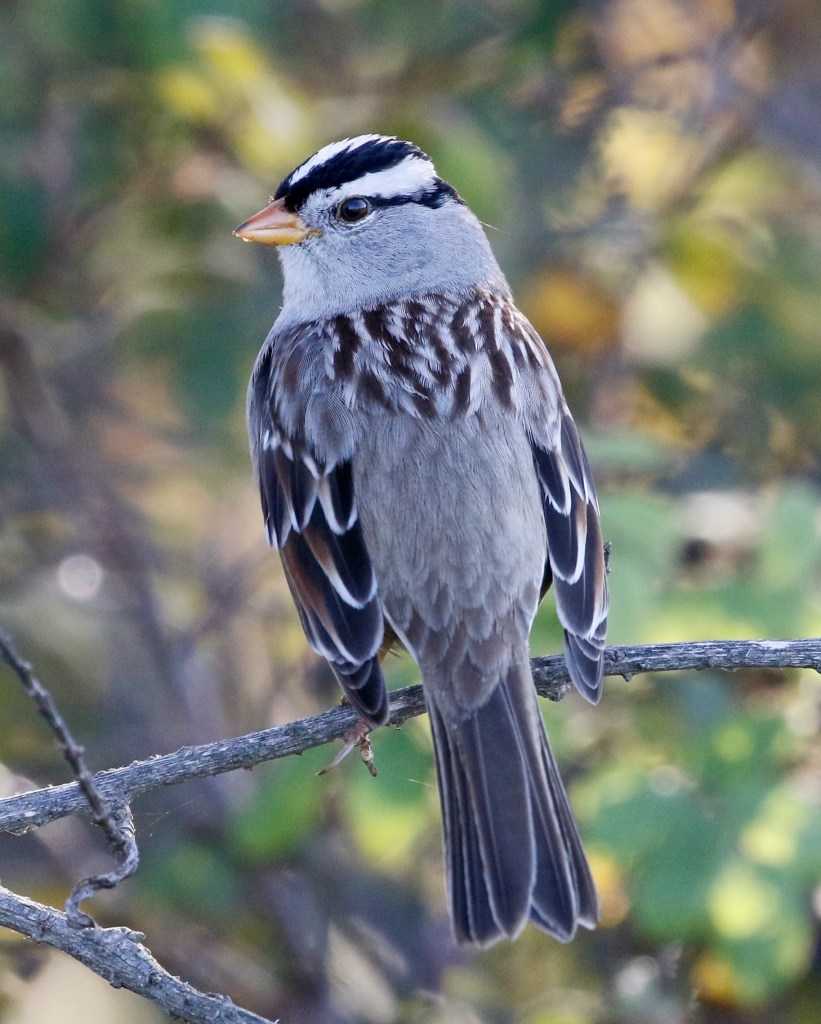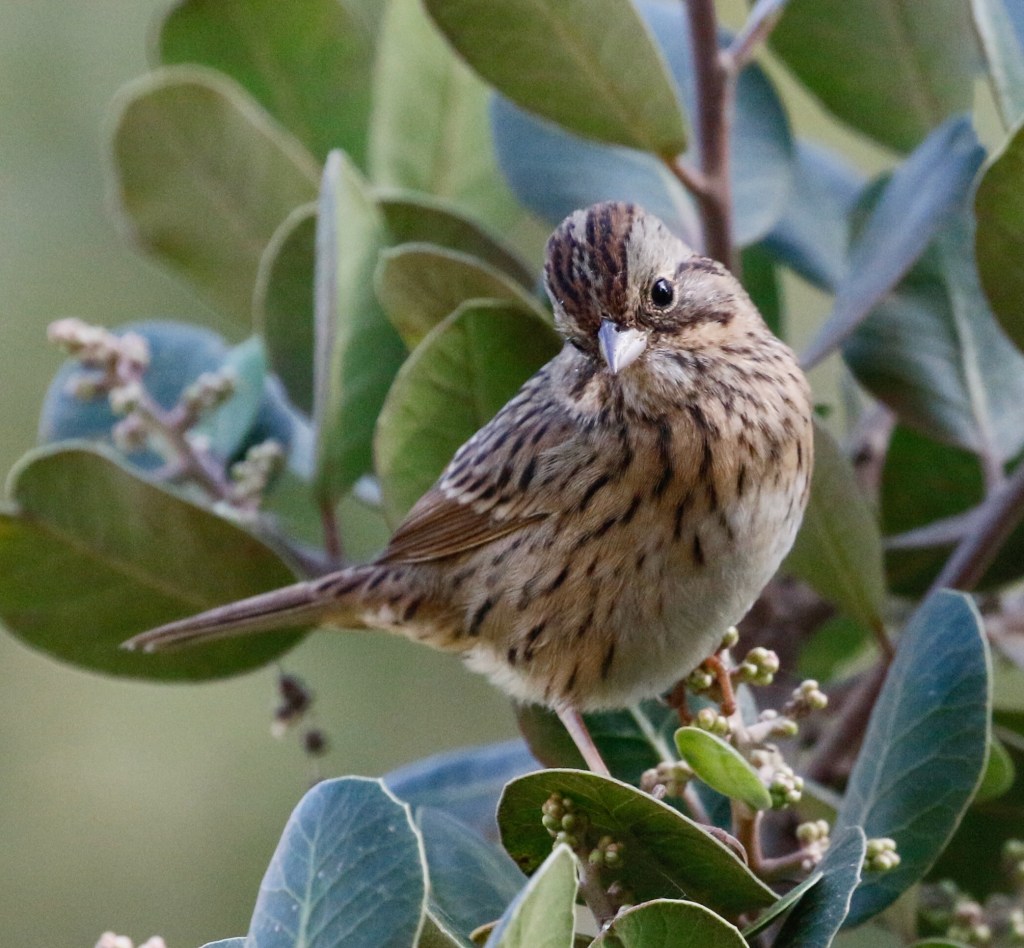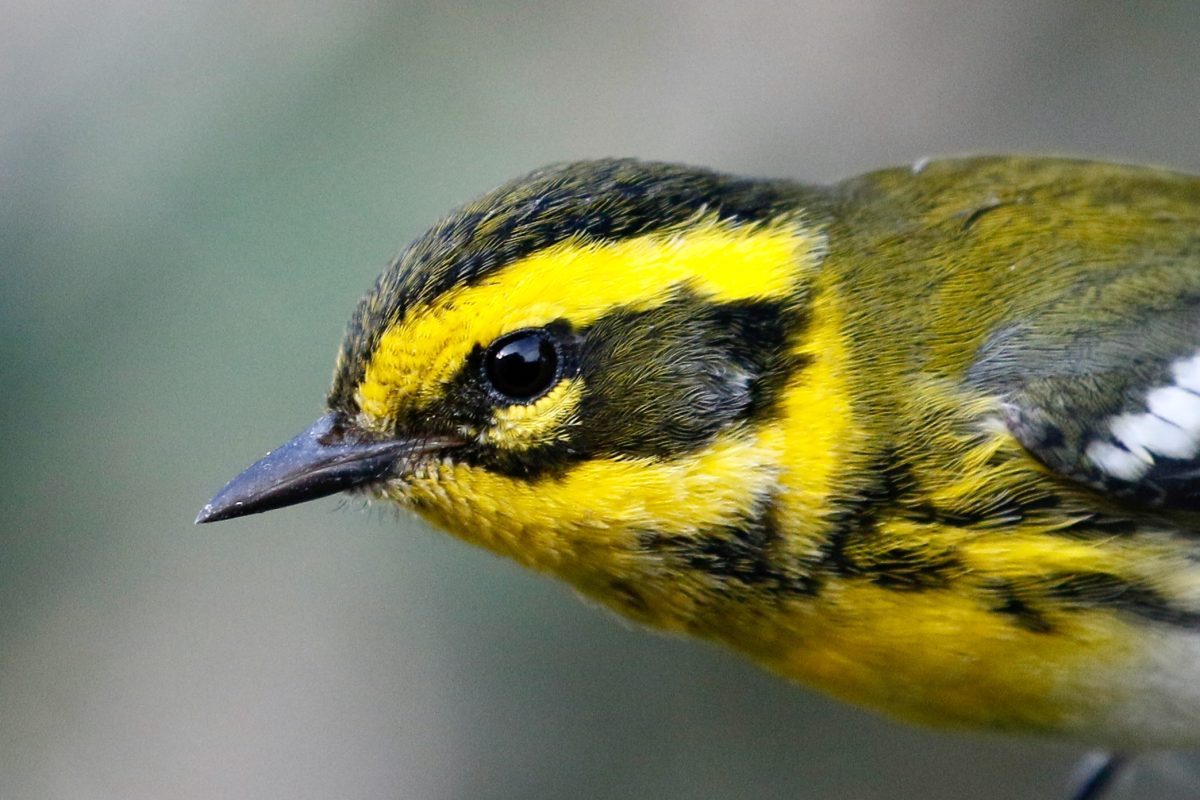As a boy, the author Adam Nicolson had the great privilege of spending part of his summers on the tiny Shiant Islands in the Outer Hebrides of Scotland. The Shiants, an internationally important seabird nesting area, had been purchased by Nicolson’s father in 1937. Nicolson has great memories of lying atop the sea cliffs, watching myriad seabirds wheeling overhead and being overwhelmed by the cacophony of their cries. As an adult, he inherited the islands and returned to relive the experiences of his youth and the mass of seabirds — the puffins, guillemots, kittiwakes, and cormorants. It was only later, back at home when looking at old videos that his father had made on the islands, that he noticed something startling: In the videos, birds are everywhere, the sky thick with them, but on his recent visits, the birds were still there, but the numbers were a fraction of what they had been. When creatures are disappearing, it’s generally a gradual process, the numbers slipping little by little, and it can be difficult to notice the decline until, one day, it becomes startlingly apparent.

Nicolson has written a beautiful and poignant book about the plight of the world’s seabirds. The Seabird’s Cry: The Lives and Loves of the Planet’s Great Ocean Voyagers is both an intimate look into the lives and the mysteries of several iconic species, and also a call to action to help save these vanishing seabirds. The number of the world’s seabirds has dropped by 70 percent in the last 60 years. That’s a billion fewer seabirds.
It’s not just seabirds that are disappearing. More than half of U.S. birds are in decline, and some species are in a freefall, according to the North American Bird Conservation Initiative. Some birds, such as various ducks and geese, are doing very well, but others, especially grassland birds, are quickly disappearing. What’s to blame? The climate crisis, pollution, habitat loss, pesticide use, and predation by outdoor cats are all factors.
In recent weeks, there has been much discussion among birders about the paucity of our local backyard birds, and my own observations bear witness to this dearth. I put seed on the ground in my yard, and in the late fall and winter, there is almost always a wide variety of seed eaters to be found, predominantly white-crowned sparrows. These sparrows brighten the winters with their cheerful, breezy song. This year, I waited for the birds to appear, hoping that migration was a little late. A few white-crowned sparrows finally showed up, but they are only sporadically in the yard and are few in number. There are no goldfinches coming, no Lincoln’s sparrows, no mourning doves. It is eerily quiet.
Wondering if this was a local phenomenon, I described my observations on the birding Listserv and asked for the observations of others. I had many responses from birders from all coastal communities, from Carpinteria up to Santa Maria. Apart from a couple of observers who have decent numbers of yard birds, the comments were consistently grim: Yard birds, when present, are in much lower numbers than usual. I heard from a friend in coastal San Diego, and the situation is similar there. There are areas that have lots of nice habitat but few birds.
What is going on? Have the birds gone elsewhere, or have they just gone? We hope, of course, that it’s the former scenario, but how can we know? One way to get a pulse on the health of bird populations is by taking a census, and such a count is on the horizon.

Every year, the National Audubon Society holds Christmas Bird Counts (CBC). Groups across the country go out into the field, or watch backyard feeders, to count species seen and the number of individuals of each species. This year seems an especially important one to get a good idea of what is happening in the bird world. Santa Barbara Audubon Society’s (SBAS) count, the 124th annual event, will be held on Saturday, December 30.
If you’d like to be involved in the count, there are two ways you can join in. First, you can request to be part of a group that goes out in the field on count day. The deadline for joining a group is December 16. The other way you can participate is by counting birds that come to your yard or to your feeder. If you choose this latter option, in order for your sightings to be tabulated, you must enter them on eBird. More information, including the boundaries of the count circle, can be found on the SBAS Christmas Bird Count website: https://santabarbaraaudubon.org/santa-barbara-christmas-bird-count/sb-cbc-instructions/
In the world of the seabirds, Nicolson thinks that there is hope and cause for optimism. Several species that were on the brink of extinction have made remarkable recoveries due to human help. Let’s hope that with the increased awareness of the problems facing our birds, we can reverse some of the alarming trends we are seeing.
Are you looking for a gift for the nature lover in your life? I’ve created a Santa Barbara Bird Calendar with some of my photos, and it’s available at both Chaucer’s and Tecolote book stores. All proceeds benefit the Santa Barbara Audubon Society.
Hugh Ranson is a member of Santa Barbara Audubon Society, a nonprofit organization that protects area birdlife and habitat and connects people with birds through education, conservation, and science. For more information, see SantaBarbaraAudubon.org.





You must be logged in to post a comment.